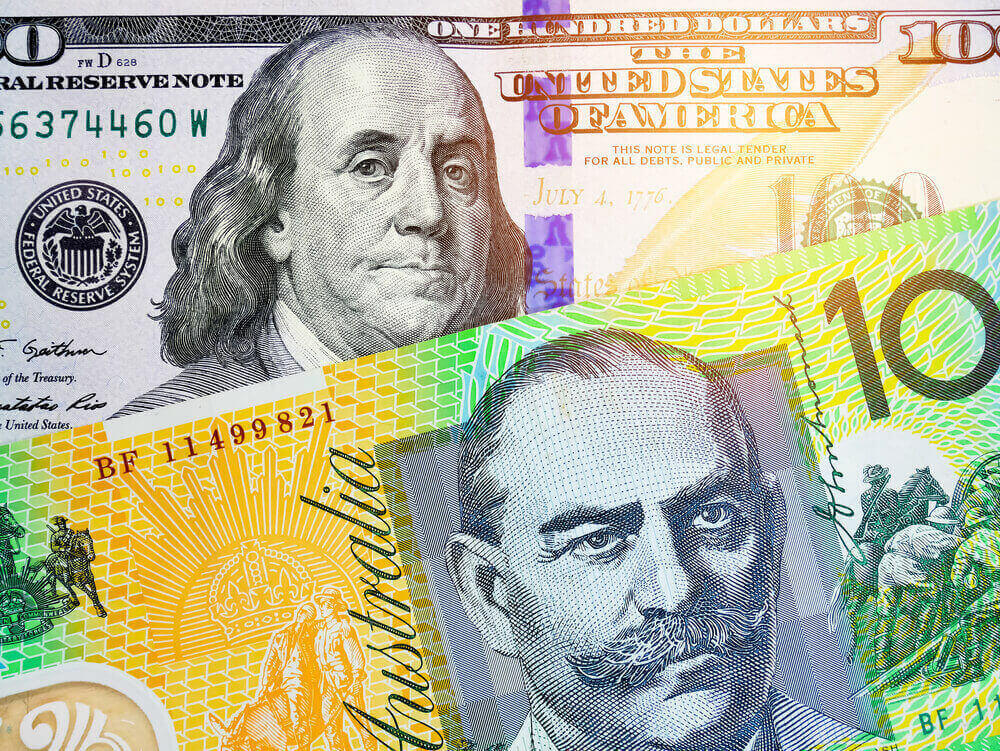
EURUSD, GBPUSD, AUDUSD bearish pressure is getting stronger
Looking at the EURUSD chart on the daily time frame, we see that the pair is currently testing the support zone at 1.16500. If bearish pressure continues, we can expect a further continuation of the EURUSD decline to lower levels on the chart. Our first lower support is at 1.16000, while further below, we will have greater psychological support at 1.15000. For the bullish scenario, we need positive consolidation with the support of the zone at 1.16500, which would lead to the recovery of the EURUSD pair and potential testing of the area 1.17500-1.18000. In that zone, we have resistances in the upper falling line and the 20-day and 50-day moving averages. For a stronger bullish trend, we need a break above this resistance zone, which would push the pair towards the 200 moving average in the 1.19500 area.
GBPUSD chart analysis
Looking at the GBPUSD chart on the daily time frame, we see that the pair broke the support zone to 1.36000. after that, the pair dropped to the current 1.35000. The strong dollar affected the chart, and if the pound does not consolidate, then we can expect a further decline towards the next support at 1.32000. For the bullish trend, we need a new positive consolidation and a return above 1.36000. Looking at moving averages, it seems that we have just entered the bearish trend and that we can expect a continuation in the coming period.
 AUDUSD chart analysis
AUDUSD chart analysis
Looking at the AUDUSD chart on the daily time frame, we see that the pair is still under great pressure, and we can expect to see a retreat towards lower psychological support at 0.70000 in the coming period. Potential support can be expected at the previous low at 0.71000. We need a positive consolidation for the bullish scenario that would climb the pair above the 20-day and 50-day moving average above 0.73000.
Market overview
Eurozone economic confidence improved slightly in September, the results of a European Commission survey showed on Wednesday.
The economic confidence index unexpectedly rose to 117.8 in September from 117.6 in the previous month. The result was expected to drop to 116.9.
The stability of the economic mood in September is the result of improved confidence in construction. Among consumers, it has been offset by a deterioration in confidence in services and retail trade.
The industrial sentiment index improved to 14.1 in September from 13.8 in August, while it is projected to fall to 12.5.
Meanwhile, the service trust index fell more than expected to 15.1 from 16.8 a month ago. The expected reading was 16.5.
According to the latest estimate, the consumer confidence index advanced to -4.0 from -5.3 in the previous month. The increase was reflected in improved household assessments of their past financial conditions and intentions to make large purchases.
Germany’s import price inflation has accelerated to its highest level since 1981 due to higher energy prices, data released by Destatis revealed on Wednesday.
Import prices rose 16.5 percent year-on-year in August, after increasing 15 percent in July. Economists predicted annual growth of 16.1 percent.
This was the greatest annual rate recorded since September 1981, when prices rose by 17.4 percent.
Store prices in the UK dropped at a slower pace in September, data released by the British Retail Consortium (BRC) showed this morning.
The store price index fell 0.5 percent year-on-year in September, after falling 0.8 percent in August. Food prices grew by 0.1 percent and non-food prices by 1 percent annually.
“There are now clear signs that months of cost pressures due to rising transport costs, labor shortages, Brexit bureaucracy, and commodity costs are starting to filter up to consumer prices,” said Helen Dickinson, BRC chief executive.


 AUDUSD chart analysis
AUDUSD chart analysis

